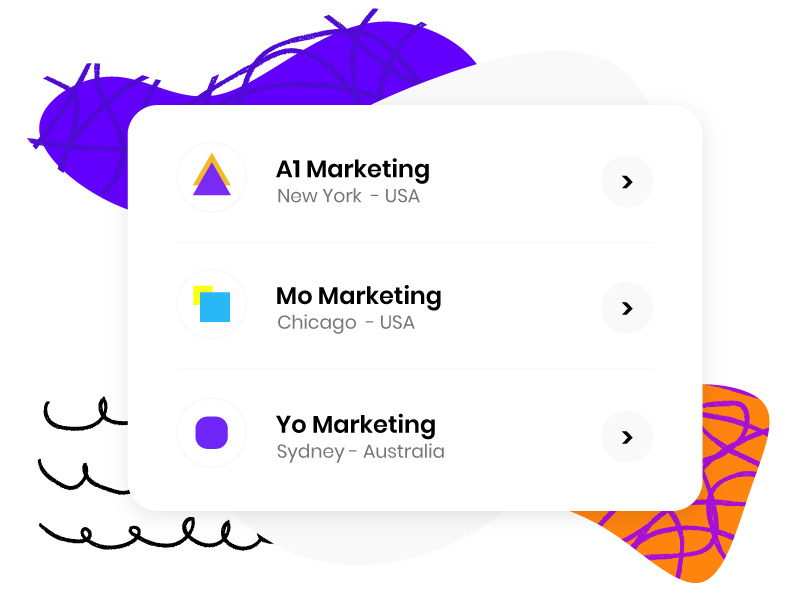
Zero interest loans have become a popular financial tool in today’s economy, offering borrowers a temporary reprieve from high-interest debt. Whether you’re financing a car, paying for education, or covering emergency expenses, these loans can provide much-needed relief—but they don’t last forever. So, how long do zero interest loans actually last? The answer depends on several factors, including the lender, the type of loan, and market conditions.
Understanding Zero Interest Loans
Zero interest loans, as the name suggests, allow borrowers to access funds without paying interest—for a limited time. These loans are often used as promotional tools by banks, credit card companies, and retailers to attract customers. However, they come with strict terms that borrowers must follow to avoid unexpected costs.
Common Types of Zero Interest Loans
- Credit Card Promotions – Many credit cards offer 0% APR for an introductory period (usually 12–18 months).
- Auto Loans – Some dealerships provide zero interest financing for a set term (e.g., 36–60 months).
- Personal Loans – Certain lenders offer short-term zero interest personal loans, often tied to specific spending categories.
- Retail Financing – Stores like Best Buy or Amazon may offer "buy now, pay later" plans with no interest if paid in full within a set window (e.g., 6–24 months).
How Long Do They Typically Last?
The duration of a zero interest loan varies widely. Here’s a breakdown:
1. Credit Cards: 12–21 Months
Most 0% APR credit cards offer interest-free periods between 12 and 21 months. After this period, the standard APR kicks in—often much higher than traditional loans. Missing a payment or failing to pay off the balance in full before the promotional period ends can result in retroactive interest charges.
2. Auto Loans: 36–72 Months
Car manufacturers and dealerships sometimes offer zero interest loans for 3 to 6 years, but these deals are usually reserved for buyers with excellent credit. Once the term ends, any remaining balance may be subject to interest if refinanced.
3. Retail Financing: 6–24 Months
Retailers often provide zero interest financing for 6 months to 2 years, depending on the purchase amount. If the balance isn’t paid in full by the deadline, deferred interest may apply, meaning you could owe interest from the original purchase date.
4. Personal Loans: 3–18 Months
Some fintech companies and credit unions offer short-term zero interest personal loans, typically lasting 3 to 18 months. These are often used for debt consolidation or emergency expenses.
Why Do Lenders Offer Zero Interest Loans?
Lenders aren’t charities—they offer zero interest loans as a marketing strategy. Here’s why:
- Customer Acquisition – Banks and retailers use 0% offers to attract new customers who may later become long-term borrowers.
- Upselling Opportunities – Once the promotional period ends, lenders profit from higher interest rates or additional fees.
- Competitive Edge – In a tight lending market, zero interest deals help lenders stand out.
Risks of Zero Interest Loans
While these loans sound like a dream, they come with risks:
1. Deferred Interest Traps
Some loans (especially retail financing) use deferred interest, meaning if you don’t pay off the full balance by the deadline, you could owe all the accumulated interest from day one.
2. Strict Qualification Requirements
Not everyone qualifies—most zero interest loans require good to excellent credit scores (670+).
3. Post-Promotional Rate Spikes
Once the zero interest period ends, rates can jump to 20% or higher, turning a good deal into a financial burden.
How to Maximize a Zero Interest Loan
To make the most of these loans without falling into debt traps, follow these tips:
1. Pay Off the Balance Before the Deadline
Set reminders and create a repayment plan to avoid surprise interest charges.
2. Avoid New Debt During the Promotional Period
Taking on additional loans can strain your finances and make it harder to pay off the zero interest balance.
3. Read the Fine Print
Understand the terms—some loans have hidden fees or penalties for late payments.
4. Use Them Strategically
Zero interest loans work best for debt consolidation, large purchases, or emergencies—not for frivolous spending.
The Future of Zero Interest Loans
With rising inflation and economic uncertainty, zero interest loans remain a hot topic. Some trends to watch:
- Tighter Regulations – Governments may impose stricter rules on deferred interest practices.
- More Fintech Options – Digital lenders are expanding zero interest loan offerings, especially for underserved borrowers.
- Shorter Promotional Periods – As interest rates rise, lenders may shorten zero interest terms to reduce risk.
Zero interest loans can be a powerful financial tool—if used wisely. Knowing how long they last and what to expect can help you avoid costly mistakes and make the most of these temporary interest-free opportunities.
Copyright Statement:
Author: Avant Loans
Link: https://avantloans.github.io/blog/how-long-do-zero-interest-loans-last-3774.htm
Source: Avant Loans
The copyright of this article belongs to the author. Reproduction is not allowed without permission.
Recommended Blog
- What Sets Finbond Loans Apart from Other Lenders?
- Las Vegas Tribal Loans: What Borrowers Should Know
- Online Loans for Vacation: Should You Borrow?
- Small Loans for Medical Expenses: A Lifesaver in Crisis
- Could Kamala Harris Be the Key to Student Debt Cancellation?
- Gallup, NM Loan Credit Checks: Soft vs. Hard Inquiries
- Austin Loan Approval Timeline: What to Expect
- iCash Loans: How to Avoid High-Risk Borrowing
- Best Online Lenders for No Cosigner Loans
- How to Negotiate Better Terms on a Same Day Deposit Loan
Latest Blog
- Will Loan Approval Become Faster in 2025?
- Using 401k to Pay Student Loans: Financial Advisor Insights
- The Best Student Loan Refinancing Options for Undergraduates
- Bad Credit Car Loans: Should You Lease Instead?
- Bad Credit Business Loans: Guaranteed Funding Options
- Personal Loans for Homebuying: A Viable Alternative?
- Title Loans in Katy: Using Your Car as Collateral
- Bad Credit Loans for Appliance Purchases
- Joint Loans for Musicians: Funding Your Passion
- Personal Loans for Immigrants in Augusta, GA
